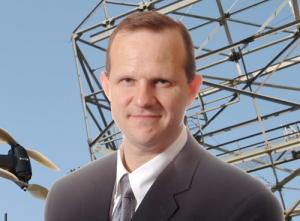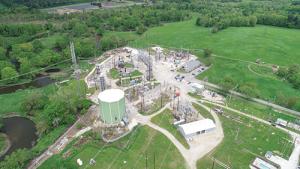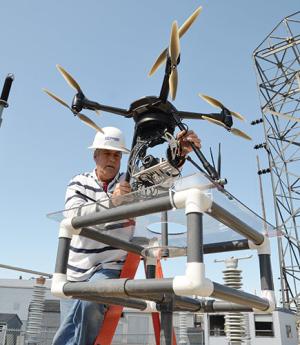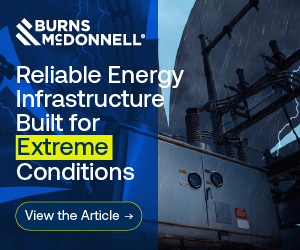Preparing for a Clean Energy Future
Andrew Phillips is Vice President of Transmission and Distribution Infrastructure at EPRI.
With the growth in electrification and renewable energy capacity, plus the increasing demands on power delivery infrastructure, the energy system is rapidly becoming more complex. EPRI, an independent, nonprofit energy research and development organization, owns and operates three world-class laboratories to evaluate new applications, technologies, and devices to conduct research across the energy spectrum, assisting stakeholders in addressing challenges and opportunities as part of the clean energy transition.

EPRI's labs are research and development facilities that go beyond standards testing to include designing new methodologies and evaluating evolving technologies. For example, in our transmission and distribution facilities, we can simulate an entire distribution system, and the systems and processes that exist from the distribution grid all the way to the end-use customer.
Our resources and expert staff are dedicated to evaluating ideas and breaking new ground to meet the needs of a clean energy transition that is evolving at a faster pace than ever before.
In addition to advanced lab capabilities, we also have specialized researchers who are at the top of their field.
At any given time, they may be working on:
 The EPRI Transmission & Distribution laboratory in Lenox, Massachusetts provides a unique test facility for a variety of T&D research projects.
The EPRI Transmission & Distribution laboratory in Lenox, Massachusetts provides a unique test facility for a variety of T&D research projects.
Fortifying the grid to withstand and quickly recover from the steady increase in extreme weather events and climate change scenarios.
Testing methodologies to determine the performance criteria and reduce the risk of energy companies implementing new technologies.
Increasing the resilience and reliability of transmission and distribution lines to meet increasing demand and capacity on the grid.
Investigating potential challenges caused by high-impact, low-frequency events on the grid such as geomagnetic storms, electromagnetic pulses, and extreme weather.
 Working with drones at EPRI lab.
Working with drones at EPRI lab.
Understanding how to extend the life of existing assets while maintaining reliability and safety.
A large collaboration of energy companies, academia, government, and external scientists also informs our research. They bring real-world problems to us, and the results of those tests often have positive impacts for society.
EPRI lab capabilities are unique in being able to evaluate every transmission and distribution asset in the energy system. With innovative technologies being continually introduced, we can help de-risk investments by designing technical studies to determine the expected performance of assets.
We even go beyond the lab by participating in field testing and performing additional monitoring and assessment for pilot studies. In doing so, we join the lab tests with real field measurements, increasing the confidence with which energy companies can apply new technologies.
 High voltage circuit breakers undergo testing at EPRI lab.
High voltage circuit breakers undergo testing at EPRI lab.
A recent project involving advanced conductors is an example of how this collaborative approach produces actionable results. The advanced conductors are known as high temperature, low sag (HTLS), and have the potential to increase the capacity of existing transmission lines. However, a key question had not initially been addressed by the industry.
Would the HTLS conductors live up to their performance expectations over an extended life? Vendors had evaluated them under thermal stresses, but there was no mechanical load involved in those tests. Energy companies needed to understand the life expectancy of these advanced conductors and the associated connector systems before committing to an investment in the technology.
In EPRI's advanced conductor testing facility, we developed small- and large-scale tests for simultaneous mechanical and thermal stresses. Our staff created a test that could simulate forty years of thermal mechanical aging in eighteen months. To date, eight products have been tested in a third-party unbiased manner.
This could give energy companies the confidence to invest in the new technology. These conductors ultimately save money for consumers by expanding the capabilities of existing transmission lines instead of building new infrastructure.
We also assist in evaluating aging assets, which helps the utility industry determine when to replace transmission and distribution lines, refurbish the lines, or extend their lives. EPRI has developed evaluation and test methodologies and statistical practices to enable utilities to make informed decisions.
If energy companies feel confident in successfully extending the life of assets, it helps with other industry challenges, such as reductions in experienced workforce and supply chain constraints. Having a technical basis by which to evaluate assets throughout all phases of their lifecycle — acquisition, operation, maintenance, and retirement — allows energy companies to use scientific research to make informed decisions, reduce costs, increase reliability, and minimize risks for the benefit of the communities they serve.



